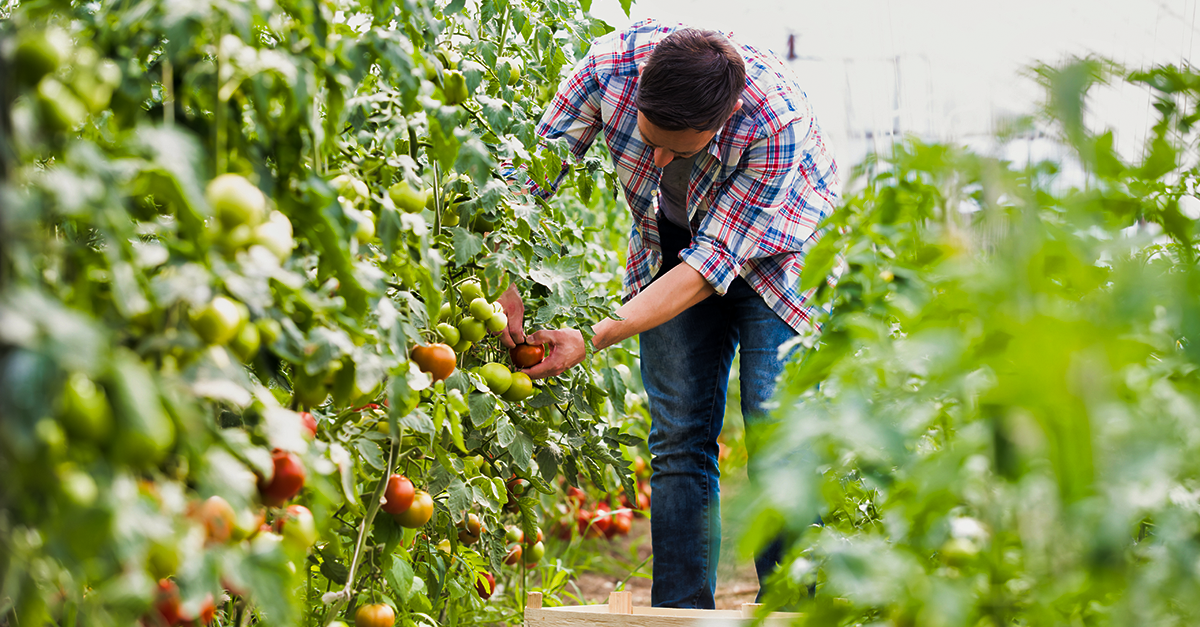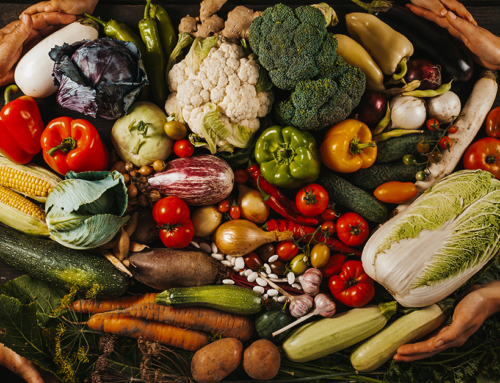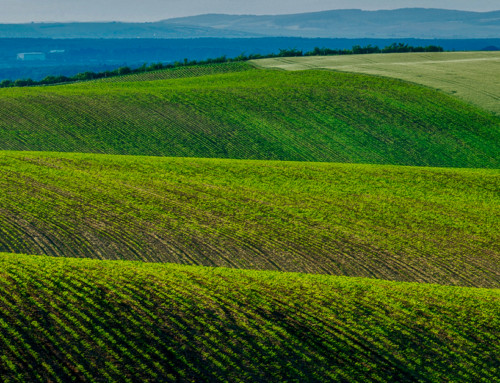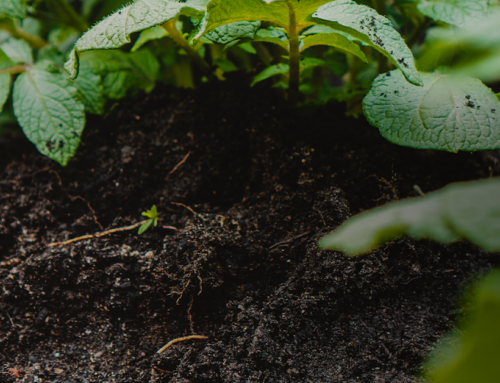Approximately more than 60% of sub-Saharan Africans are actively engaged in smallholder farming. Cereal crops such as maize, sorghum, and millet, combined with livestock, are grown as a staple food and source of income for most households. However, the productivity of these crops has dwindled over time due to constraints arising from changes in climatic conditions, leading to an increase in crop pests such as the fall armyworm, moth stem borer, and parasitic weeds known as striga. Limited knowledge, cultural land tenure, poor farming practices including the misuse of agrochemicals also challenge the social-economic status of sub-Saharan African farmers and the state of food security. Agrochemicals also affect biodiversity and human health.
To address these rising challenges in agriculture, a practical approach is urgently needed. Professor Zeyur Khan and colleagues thus formulated the Push-Pull Technology, based on observation from farmers and field trials, that, if adopted, could help farmers across Sub-Saharan Africa effectively address climate-induced challenges.
What is Push-Pull Technology?
It is an affordable, scalable, and sustainable farming method developed by the International Center of Insect Physiology and Ecology (ICIPE) in collaboration with the Rothamsted Institute (UK). Push-Pull technology incorporates research, technology, and farmers’ testimonials to increase cereal yields.
Push-Pull is an effective agricultural practice that integrates mixed cropping and livestock breeding thus promoting Agroecology. In detail, rows of cereal crops are intercropped with desmodium legume while forage grasses are planted as the border crop. The desmodium legume emits semiochemicals (Smell) which repels pests like the female stem borer moths and fall armyworms ‘pushing’ them away from the cereal crops’. On the other hand, forage grasses such as nappier grass or Bracharia, attract these moths hence the word ‘pull’. The female moths then lay their eggs on the grass. The grasses notably secrete a sticky substance that suffocate hatched stem borers’ eggs, biologically controlling the pests. However, recent scientific research indicates that desmodium plants intercept and kill insect larvae.
To adapt to climate change, an updated model of the Pull-Pull incorporates drought-tolerant brachiaria grass and Greenleaf desmodium instead of the traditional Napier grass and Silverleaf desmodium.
Benefits of Push-Pull
- Crop diversity: This method allows the growth of multiple crops in one field as cereal crops, legumes, and fodder grasses. The importance of crop diversification includes improved dietary diversification, natural control of pests and diseases, increased water infiltration due to variation of the rooting system, maintenance of soil structure, etc;
- Cover cropping: The leaves of the desmodium plants act as a cover crop hence retaining soil moisture, preventing soil erosion, and regulating soil temperature;
- Carbon sequestration: Implementing Push-Pull Technology has illustrated an increase in Soil Organic Carbon (SOC) and carbon sequestration, therefore, offsetting the increased amount of carbon in the atmosphere. This is in line with the 4/1000 initiative of ending hunger and mitigating climate change;
- Integrated animals: Forage grasses combined with desmodium plant and post-harvest residues are a source of food for livestock. In return, there is an increase in dairy and meat production. Thus push -Pull is essential in practicing Agroecology;
- Integrated pest management: Pre-eminent, Push-Pull is an integrated pest management system (IPM) that biologically controls insect pests. Consequently, crop quality increases thereby limiting the use of input costs, and increasing food security;
- Weed control: The roots of the desmodium plant release chemicals that either suppress the growth of the Striga witchweed or cause suicidal germination. Striga is a parasitic weed whose roots attach themselves to the roots of cereal crops. In the process, nutrients are depleted from the grain crops, affecting their growth and causing economic loss;
- Increase soil fertility: The leguminous desmodium plant actively fixes nitrogen in the soil using soil microorganisms. In return, cereal crops such as maize take up the nutrients released in the soil which translates to higher yields. Manure from livestock rearing is also used in composting thus adding nutrients to the soil. This maintains a circular economy in the agriculture sector;
- Promotes soil microbial diversity: Intercropping desmodium legume with cereal crops has been shown to increase soil microorganisms. This is a good indicator that Push-Pull technology is essential in restoring biodiversity in different landscapes i.e from soil biodiversity upwards to the agro-ecosystem.
Overall, the Push-Pull method has proved resilience to changing environmental conditions in areas where it has been utilized. It has improved the social-economic welfare and gender mainstreaming of farmers who embrace this technology.
However, Push-pull technology faces some hindrances in its implementation. Some of which include cultural acceptance, supply of desmodium seeds to rising demand, knowledge dissemination, nappier stunted grass disease, lack of value chain for over surplus leading to post-harvest loss, and certain agricultural policies.
In the meantime, scientists and different stakeholders are researching ways in which the Push-Pull method can be scaled up and expounded using a different combination of intercropping plants. An example is an Upscale Project which aims to scale up the Push-Pull technology across Sub-Saharan Africa. Implementation of this project will accelerate climate-resilient crop production. It will also promote biodiversity restoration, increase food security and change farmers’ livelihood through income generation.

Photo source: Unsplash.

Photo source: Unsplash.
After all, you can not have a happy, healthy, and peaceful continent without food!!
Below, there are some other articles that you might be interested in:
● Natural Fertilizer How Soil Microbiome Influences Nutrient Cycling
● How soil biodiversity can change the food and agriculture industry
● Climate change and soil organic carbon
About the author
Loraine Chivingo Kabaka is a Chloride Free Volunteer and an Environment Microbiology graduate student at Kenyatta University Kenya. She is a member of the Global Soil Biodiversity Initiative, a United Nations Volunteer for an Urban Gardening project for an organization Known as CAMAAY in Cameroon, and a 2022 mentee at the CoalitionWILD Global Mentorship Program. She has also led grassroots youth groups in restoring their land and increasing food production.





Leave A Comment